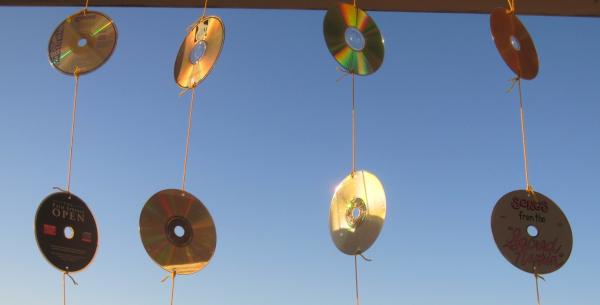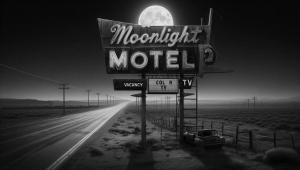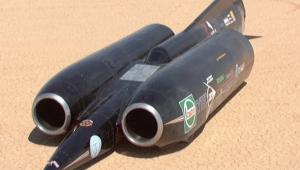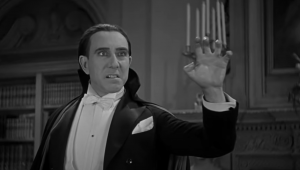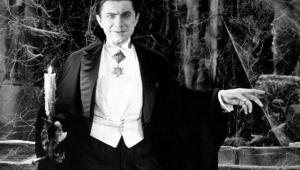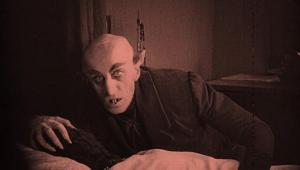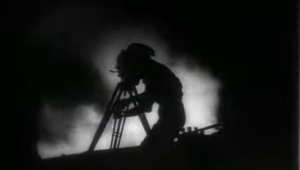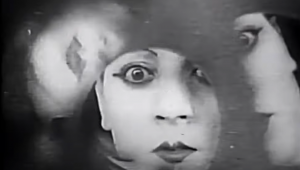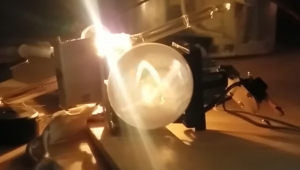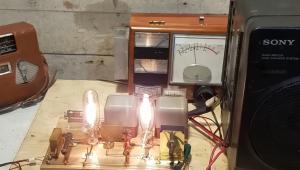Soon to go: not only Cds, but also music streaming. But not file downloads(straight to your brain). Let's get down to it. Forget our visual, auditory and tactile senses.Just implant a direct connection to our brain synapses a la Matrix, and be done with all intermediary means. Yeah, that's coming, believe it. Thankfully I, also, will be long gone.
I’ve Discovered a Sad, New Use for the CD
Yes, birds. Nesting birds. Birds that want to build a nest in my porch beams. In the past, I have allowed it. But how have they repaid me? With poop. Copious poop. I cannot let that stand. It must not stand. In an infinity of places to build a nest, why here? Why me? The birds must go hither. Actually as far as I'm concerned, they can go to both hither and yon, whichever is farther from my porch.
So, how to deter them? A quick look at homedepot.com reveals the answer: bird spikes. Fifteen bucks for a 10-foot strip of plastic menace. Twenty-five for the potentially more insidious stainless steel model. Effective? Yes. Humane? Apparently. But spikes? Medieval, at best. What else?
When you search for bird deterrents, what do you think comes up first? Yes, that's right. Compact Discs. Ignominiously hanging by a string, fluttering in the breeze, frightening the bird brains. It breaks my heart.
I remember when CDs were the highest of high tech. The absolutism of the specs made me shiver. The excellence of the engineering made me quiver. In a world dark with wow and flutter, tape noise, surface noise, all manners of distortion, snaps, crackles and pops, these discs were something from the future, a gateway to a new, digital age.
The early days were exciting. Along with other journalists, in 1983 I visited the Sony Music CD pressing plant in Japan. On the plant's front lawn was a newly-installed monument, holding what was purported to be the world's first commercially-pressed CD, Billy Joel's 52nd Street. They were just releasing a handful of their first batches of titles. Someone brought out a small box of CDs still-warm from the mold – freebies for the journalists. I was almost trampled to death by the crush of men trying to grab one of the wonderful things for themselves. True story. I still walk with a limp. That part is not true.
A colleague and I cut apart a CD and tried to see the pits – too small for an optical microscope. We hustled over to our neighborhood scanning electron microscope and finally got an image. Simply amazing. Like seeing craters on the moon close up, but orderly, neatly aligned. Any music, any sound – formed from a small collection of pits and lands of nine different lengths, read by bouncing laser light from the metallic layer, then decoding and converting. Everyone loved to debate the sound quality, limited primarily by the early D/A converters, but no one questioned the incredible brilliance of the invention. To the engineers of Sony and Philips – job well done!
Then, as they say, life happened. The CD's life, that is. From treasure, to commodity, to trash. Finally, birds. What a waste. All of that magnificent technology, hanging by a string. Useful now because, only because, they are shiny. Now the only sound from the discs is when the wind blows, clicking one against the other. High-tech scarecrows. I can tell that the discs are sad.
Compact Discs. So it ends not with a bang, but with a whimper.
But hear me, birds, hear me now and believe me later. Respect and obey the discs. Don't make me break out the spikes. Don't make me. You know I will.
- Log in or register to post comments


This could not have come at a better time. My wife and mainly myself spent too much time this past weekend trying to deter birds from nesting on our porch as well. We were going to order the spikes also, but tried some other approaches instead. I started out by creating a playlist on Tidal(named Bird Stopper) that I would play all day to keep them away. That worked for a solid day, then the robins figured it out. Finally, we decided on the CD approach. So far so good. They seem to be working, but I am threatening with spikes as well. I don't really listen to my CD's any longer. Mostly vinyl and streaming, but I couldn't bring my seld to use anything other than the blank Re-Writable discs that were extras lying around.

I still love my CDs and play them all the time.I tell you what, like vinyl died awhile back and now it's back, the same will happen with CDs. As long as they are remastered correctly, I will still keep buying them....I love my physical media.

It turns out that so-called hi-res audio is an inaudible phantom. 'Hi-res' audio is a marketing ploy to get gullible music lovers to buy more and spend more, with no audible benefit. And now even hi-res stalwarts and champions like Mark Waldrep are seeing the light. All you need to do is run a simple double-blind ABX comparison between 44.1/16 and hi-res versions of the same music. No audible difference.

First at 12 I got a quarter-track Wollensak reel to reel, then that AMAZING Wollensak 8-Track recorder (added a TEAC AN-60 Dolby outboard unit to this one), then at 19 I finally bought a Yamaha cassette recorder. Yep the format changes but the constant was chasing the music and getting it in my own mix. That evolved finally to CD-R and I have a bit of a love affair with it. For the first time I didn't have to dub from physical media and I could really tweak it on my desktop evening getting into a phase where I sought to blend each song's end right into another track's beginning as seamlessly as possible. The CD-R being digital allowed for the ultimate in creativity. If a track didn't have enough bottom I could (judiciously) fix it...or, by the opposite end if the cymbals were a bit buried I could make them hotter. Fact is I still burn CDs and I look at it as the logical successor to the first reel to reel love affair. Streaming is great but there's not much in the way of creativity other than selecting a play list. That's not entirely boring, but it ain't very creative. Here's hoping the CD-R doesn't disappear.

Better yet: paint old LPs/45s/78s with chrome and hang them up for the birds.
N.B. Mark Waldrep, having devoted decades of his life to 96/24 hires recording, now discovers, with a simple double-blind test of his own devising, that he can't tell the difference between 44.1/16(CD) and 96/24 versions of his own recordings. From an article published in February 2020 on AudiophileReview.com:
"My enthusiasm for high-resolution has diminished in recent years. After reading numerous studies and articles on the topic, I'm inclined to agree with those that believe Redbook CDs are sufficient to capture all of the fidelity we need when listening to recorded music. I do believe that audio engineers reap tremendous rewards by using high-resolution specifications during recording sessions but that doesn't mean that delivering 96 kHz/24-bit WAV or FLAC files to consumers makes any perceptible difference in the final listening at home. I understand that this position goes against the industry position. In fact, it rejects 20 years of my own thinking. I've spent millions of dollars and thousands of hours producing and releasing over 75 real high-resolution albums. Did I waste all that money and time?
"What could possibly bring me to reverse my own strongly held position? It was a study - a survey that is happening right now. As part of a sabbatical I was granted during the fall 2019 semester from my college professor gig, I'm conducting a survey open to all music listeners [including Mark himself]."
See https://audiophilereview.com/audiophile-news/the-truth-about-high-resolu...
So the CD really was perfect sound forever after all.
